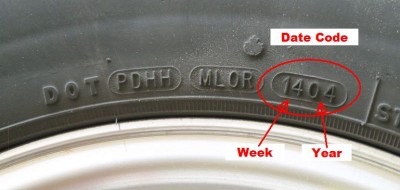Proper winterization of your RV’s water system is essential to prevent costly freeze damage when temperatures take a dive. Here’s a step-by-step guide to getting your RV ready for Old Man Winter’s cold temperatures.
Step 1: Drain the Tanks
Drain any remaining fresh water from the fresh water holding tank and from the water heater. Catch the run-off in a bucket for recycling to water trees, plants or lawn.
Step 2: Blow Out the Lines
Use a blow-out hose or plug and compressed air to remove any residual water from the fresh water lines. Open each faucet, one at a time, to let water escape and clear the lines. Don’t forget the exterior shower, toilet fill valve and toilet water saver rinse hose if your RV is so equipped. Remember to have at least one faucet open when you are blowing out the water lines to avoid applying too much air pressure to the lines.
Step 3: By-Pass Accessories
Install or activate the by-pass on your RV’s water heater, interior water filter and ice maker. This prevents filling the water heater with antifreeze (saving you the cost of six to 10 gallons of antifreeze); prevents ruining the filter cartridge, and prevents irreparable damage to the ice maker.
Step 4: Add Antifreeze
Use a hand pump or your RV’s water pump to draw non-toxic RV antifreeze into the fresh water system. Make sure pink antifreeze comes from both the hot and cold taps on each faucet to ensure that the antifreeze has reached all points of the water system. Flush the toilet until you see pink antifreeze coming into the bowl to be sure the ball valve has antifreeze in it. Then add about a half cup of antifreeze to each drain trap (don’t forget the tub/shower). Always use only pink RV fresh water antifreeze—never use any type of automotive antifreeze, which is toxic and will damage the fresh water system in your RV, causing costly repairs and replacement.
Empty your black and grey water tanks at an approved RV dump station. After dumping, add about a cup of antifreeze to each of the holding tanks to prevent any residual moisture from freezing. Then add about a half cup of antifreeze to the toilet; it helps keep the flush seal pliable while your RV is not in use.



